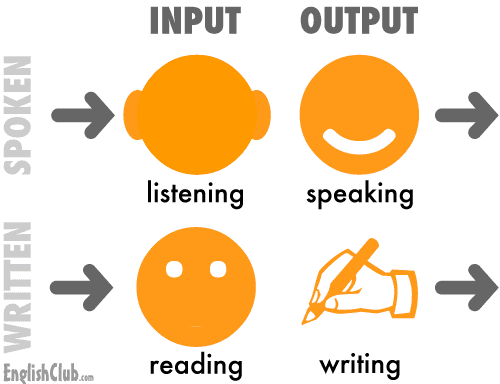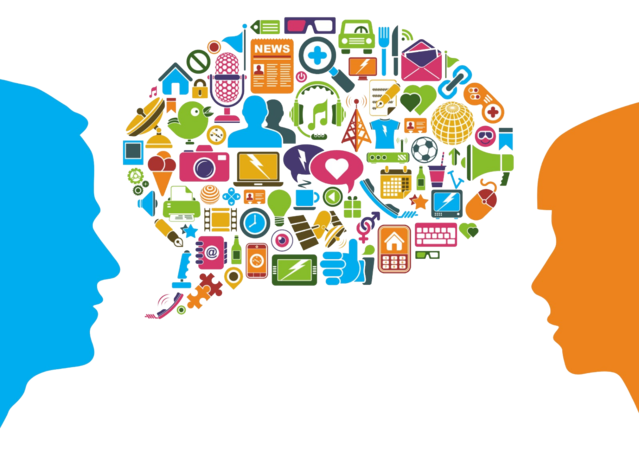Proofread your thesis
After you have finished your thesis, you will need to proofread it (multiple times) before you can present it to your committee. You have put a lot of work into your thesis, and you do not want an otherwise excellent work to fail because of grammar mistakes and typos. Also, catching our own typos and mistakes is so much harder than doing it with other people's writings. This is why this crucial part of your thesis can be the most challenging one. We have put together a few tips that can help you when proofreading your thesis.
1. Review your institution's guidelines
Before you have even started writing your thesis, you have most likely made yourself familiar with your institution's rules and guidelines on the format and style of your thesis. Make sure you double check the guidelines for the general layout including:
- paper size and margins
- running head
- page numbering
- line spacing
- title page
You might be following the Harvard, APA (American Psychological Association), MLA (Modern Language Association) or some other citation style. Take time to read through the guidelines again and keep them in the back of your mind when reviewing and proofreading your thesis.
2. Take a break before you read anything
This is probably our most important piece of advice. Give yourself some time before you start proofreading your thesis. It would be best if you could stay away from it for a couple of weeks and then come back to it. Taking some space from your thesis will give you time to clear your mind and approach it from a fresh perspective when you come back to it. You will be able to see things you did not see before.
3. Determine your proofreading method
Some people like to proofread their thesis on screen, others like to print it out and read it on paper. Whichever method you choose, be aware that you can't read it all at once, so while you're still in the planning process, make a realistic plan of which parts to read when and how much to read at a time.
4. Use online tools
There are some online software tools out there that can greatly help you with your proofreading work. Some of them are even free. You can use tools like Grammarly or Proofread Bot for proofreading or Readable.com or Slickwrite to critique your grammar and writing. A quick Google search will show you that there are dozens of (better or worse) tools out there that can help you with your thesis!
5. Read your thesis in a different order
Read your work backward or in a random order. Supposedly, this works better than reading it through from the beginning, as your brain knows what you meant to write, so you tend to skip over errors when reading forwards.
6. Read your thesis out loud
Read your work aloud to yourself. This way you'll have to read each word individually in a slower pace, which will increase your chances to find typos and errors.
7. Reach out to your peers
As an additional piece of advice, Pat Thomson suggests in her blog to set up a proofreading deal with a friend. Two heads are better than one and you can help each other to find typos and grammar mistakes.






